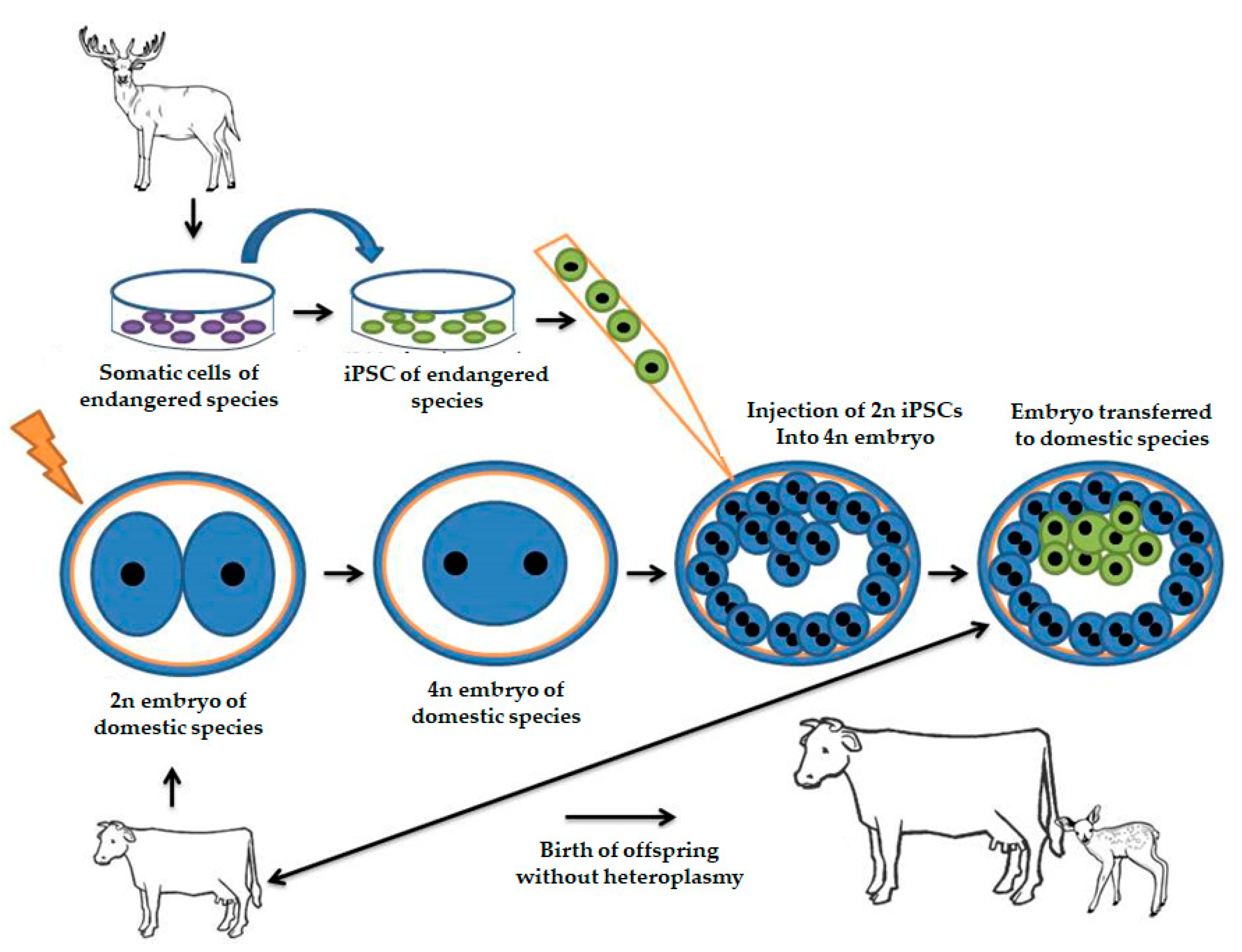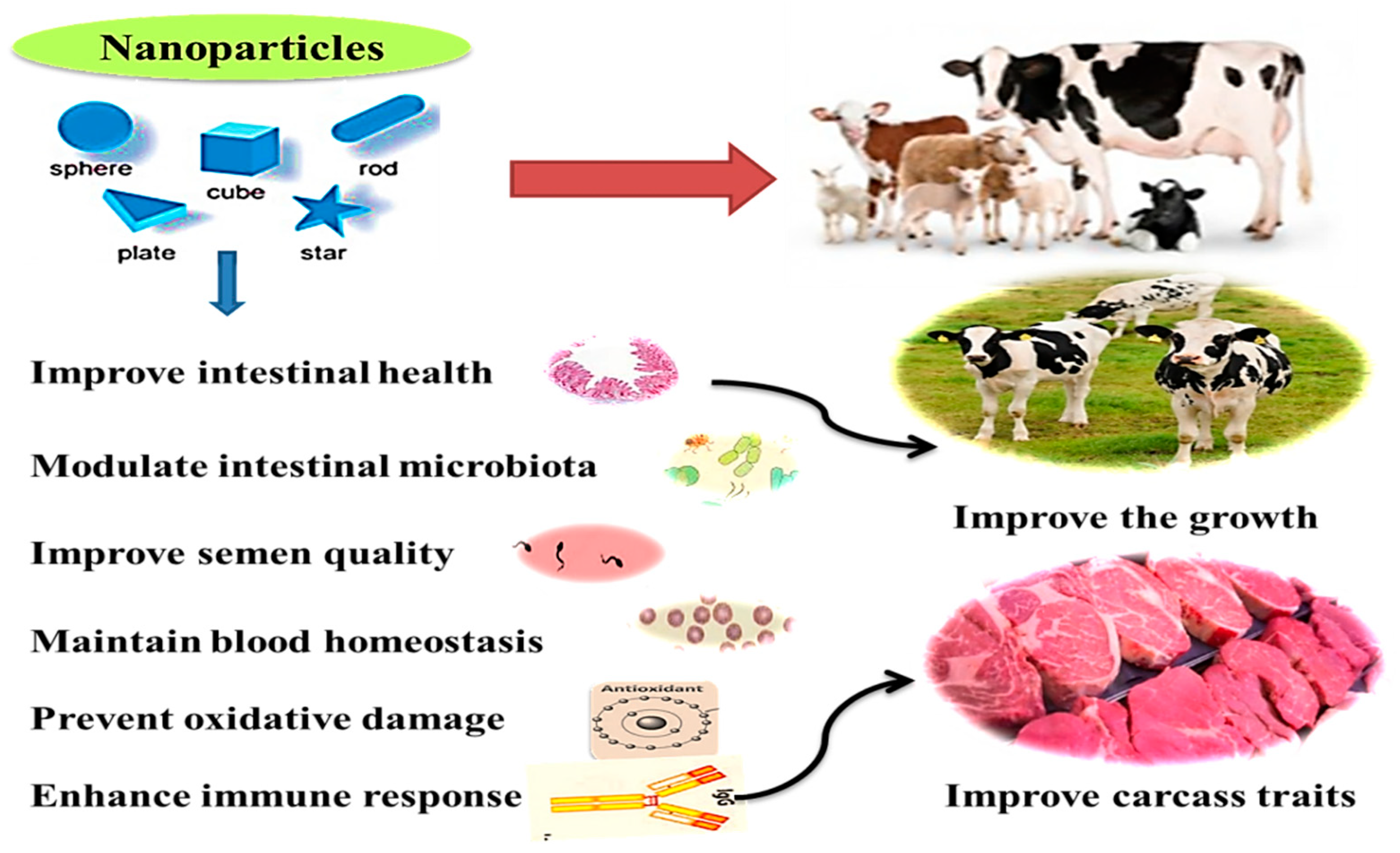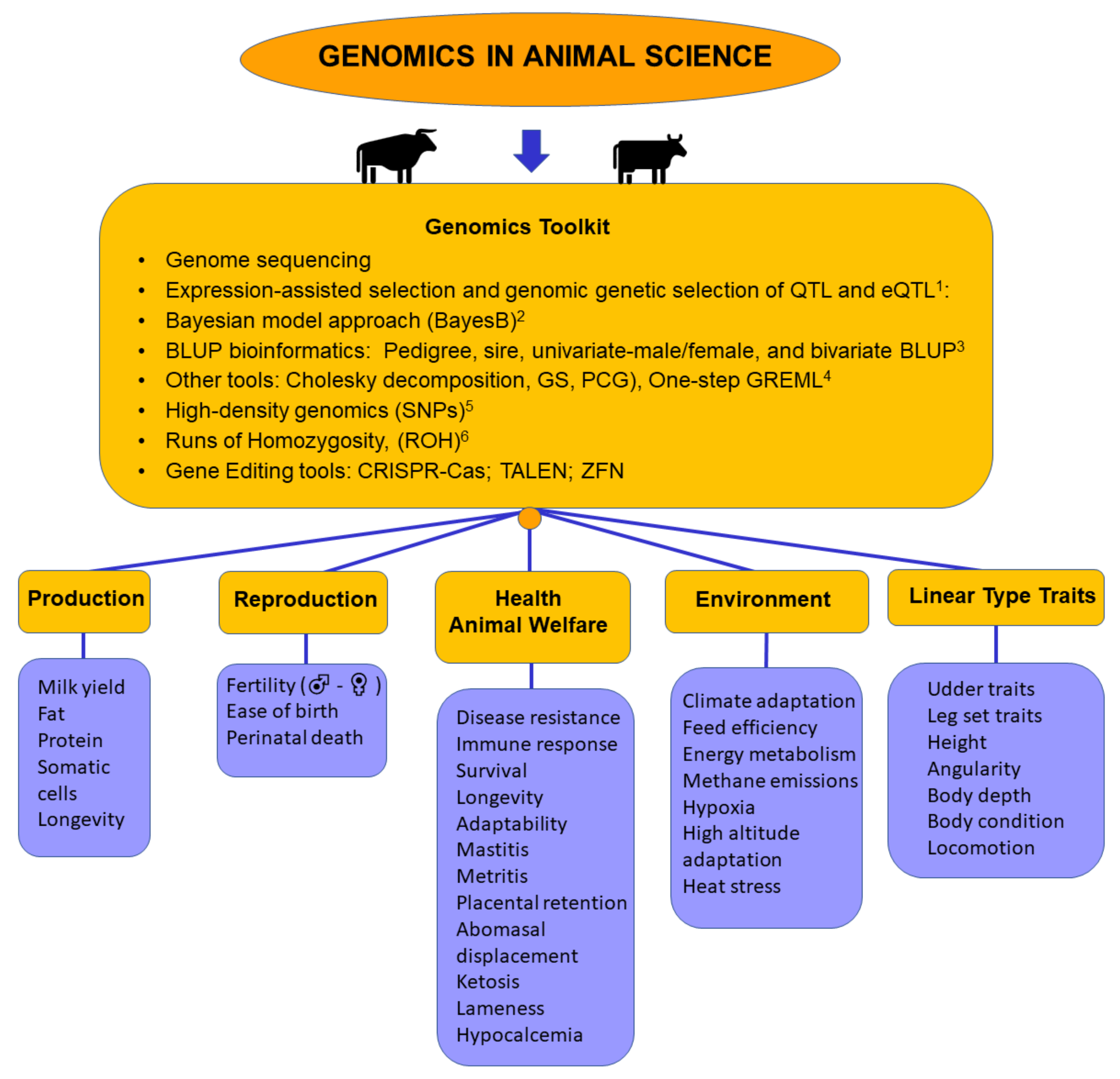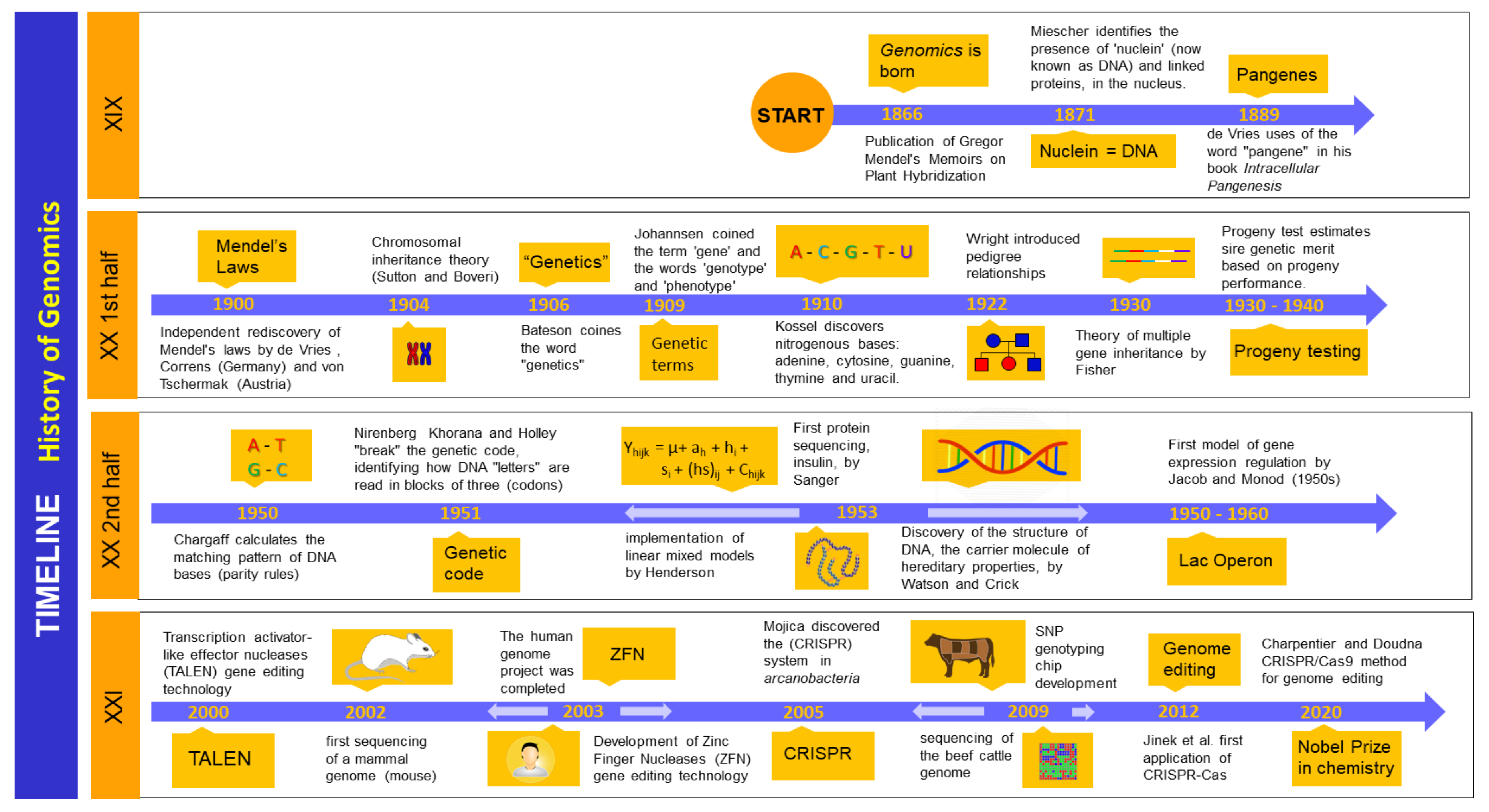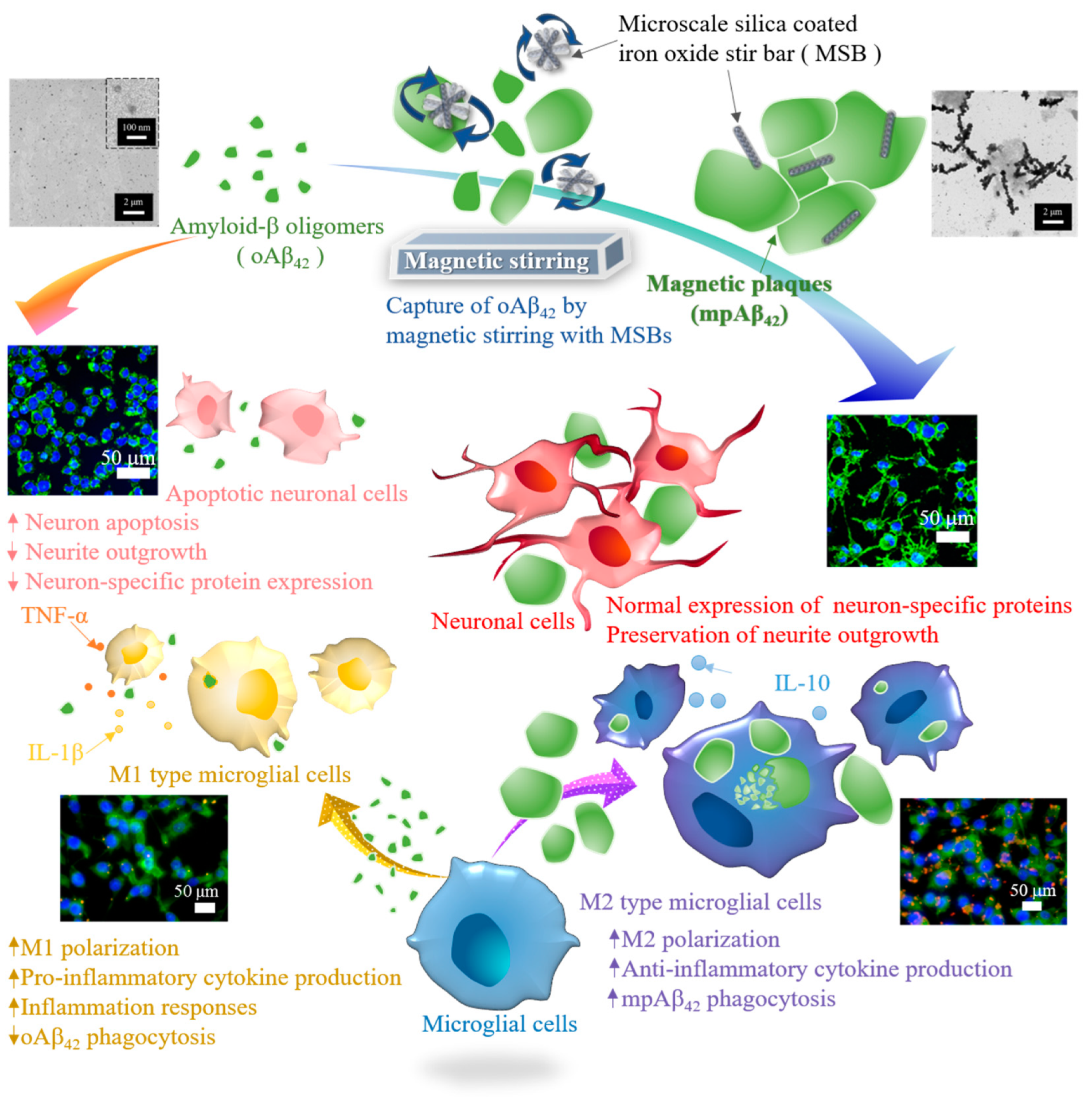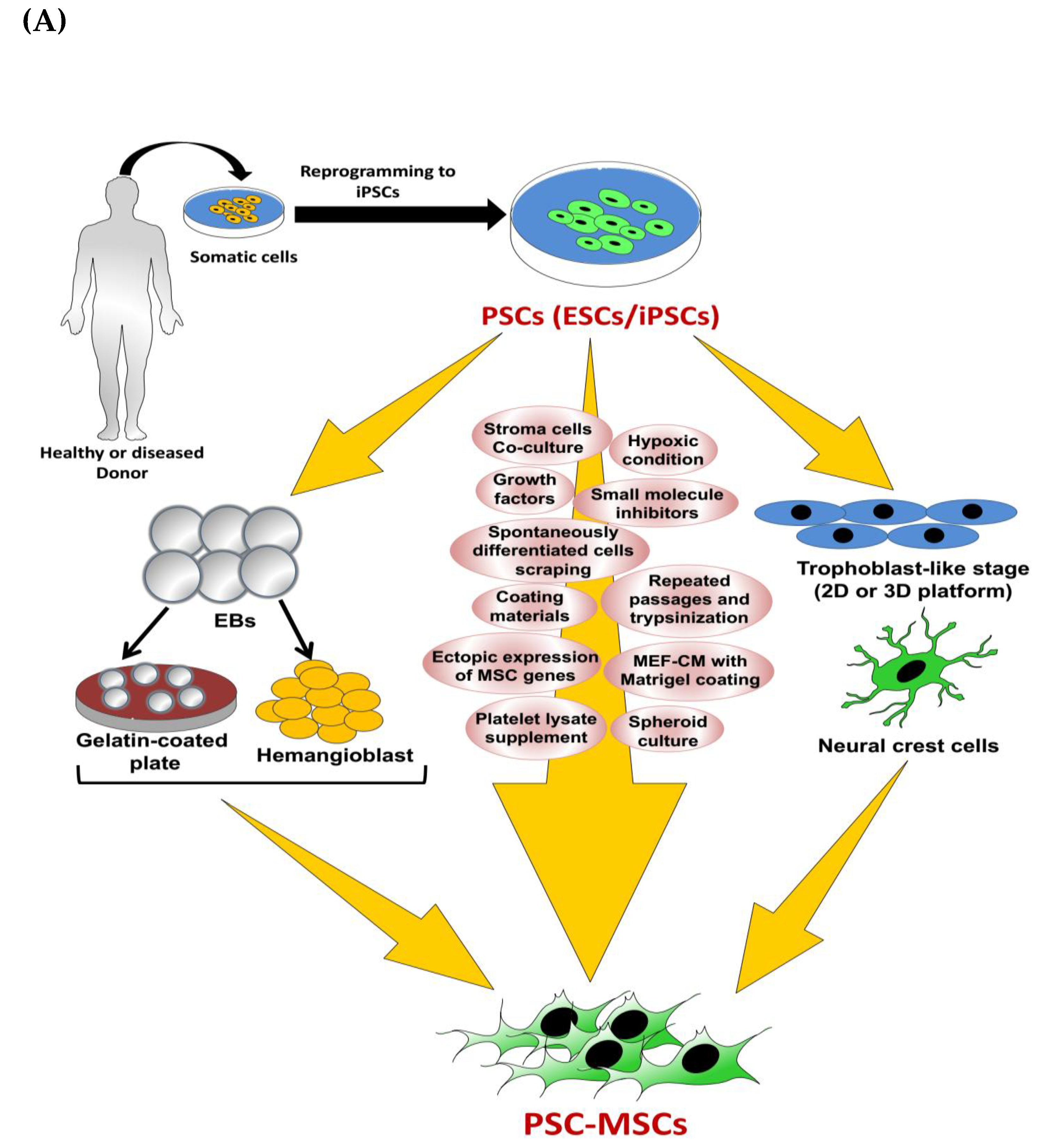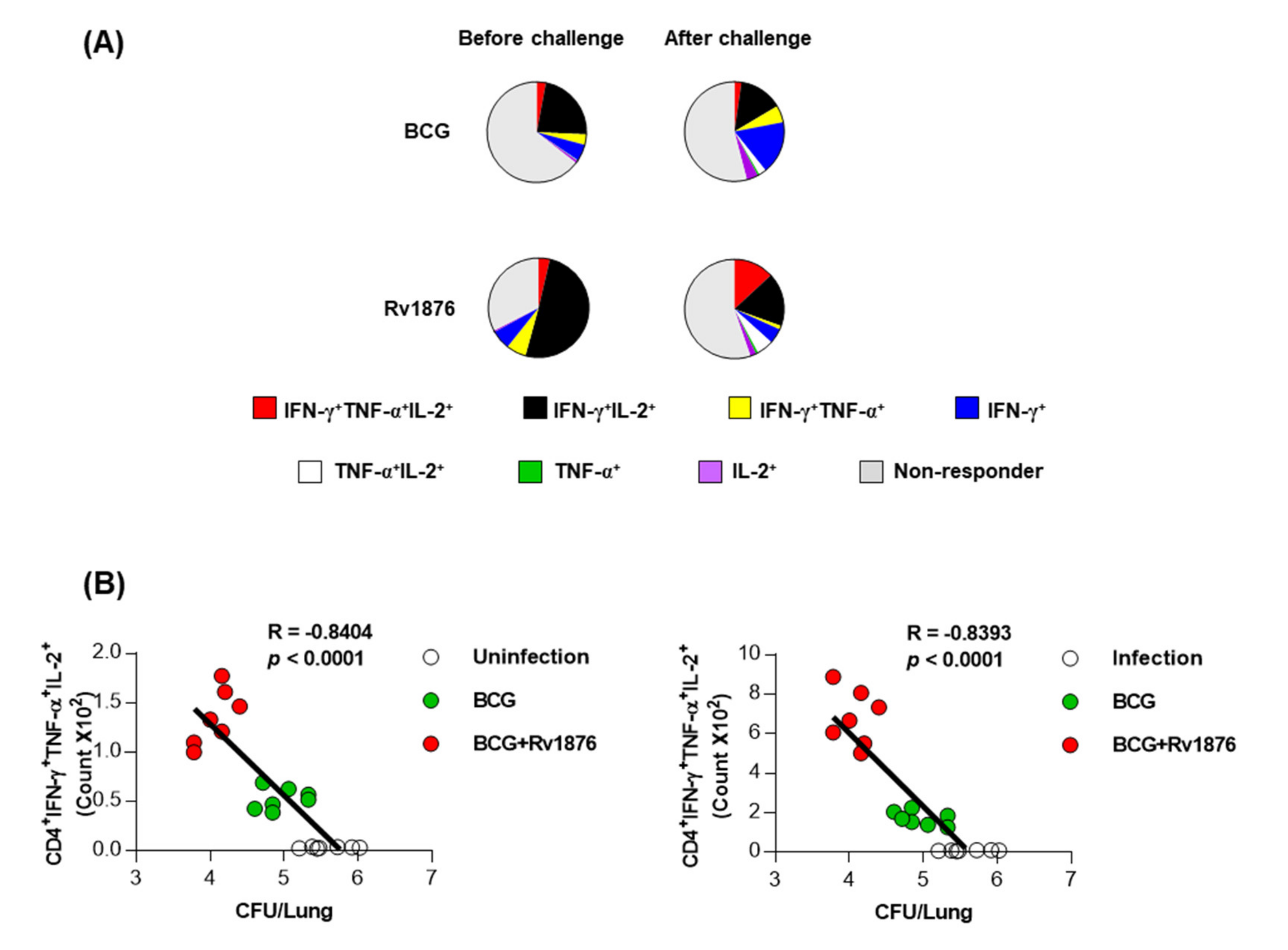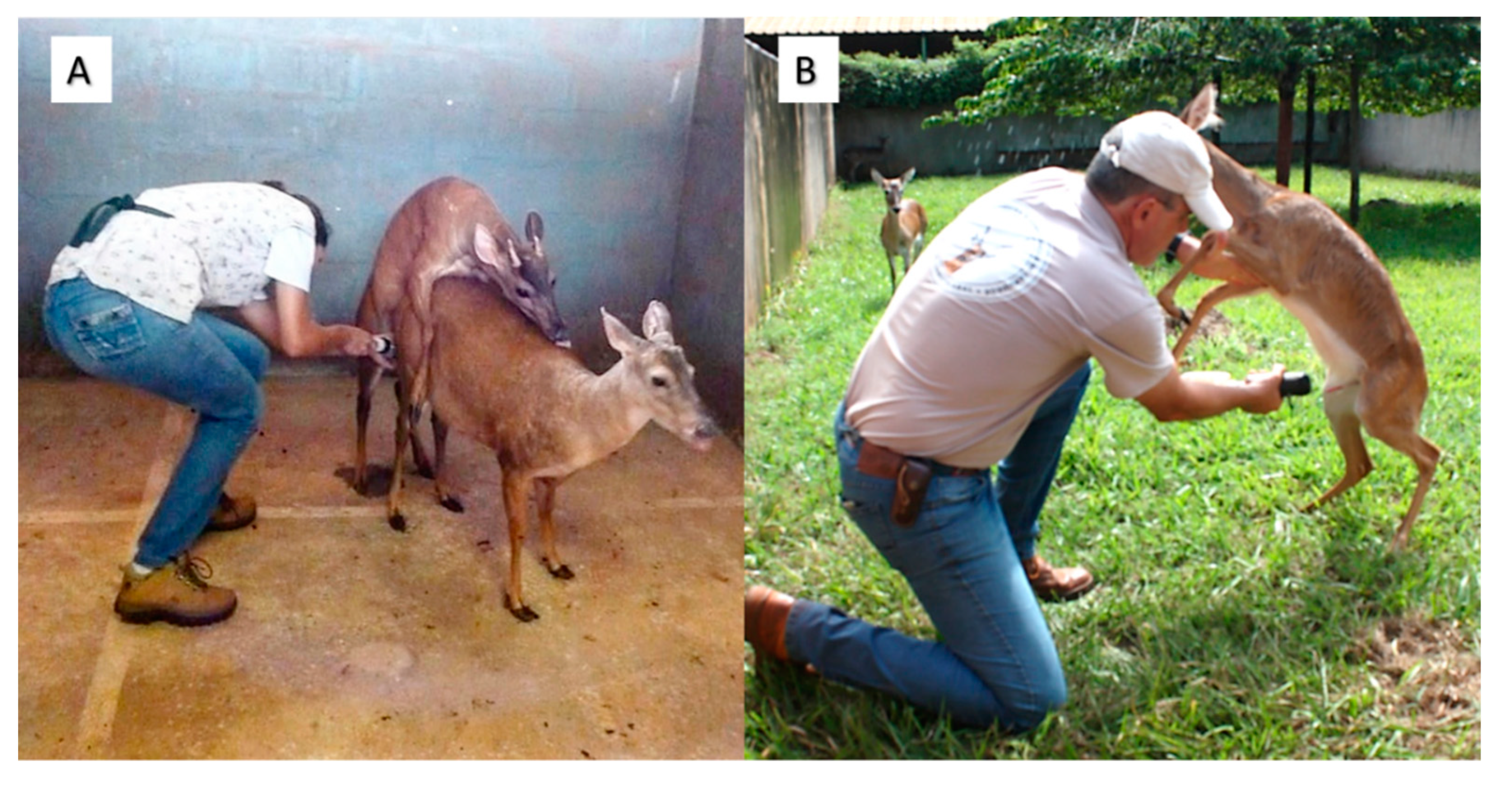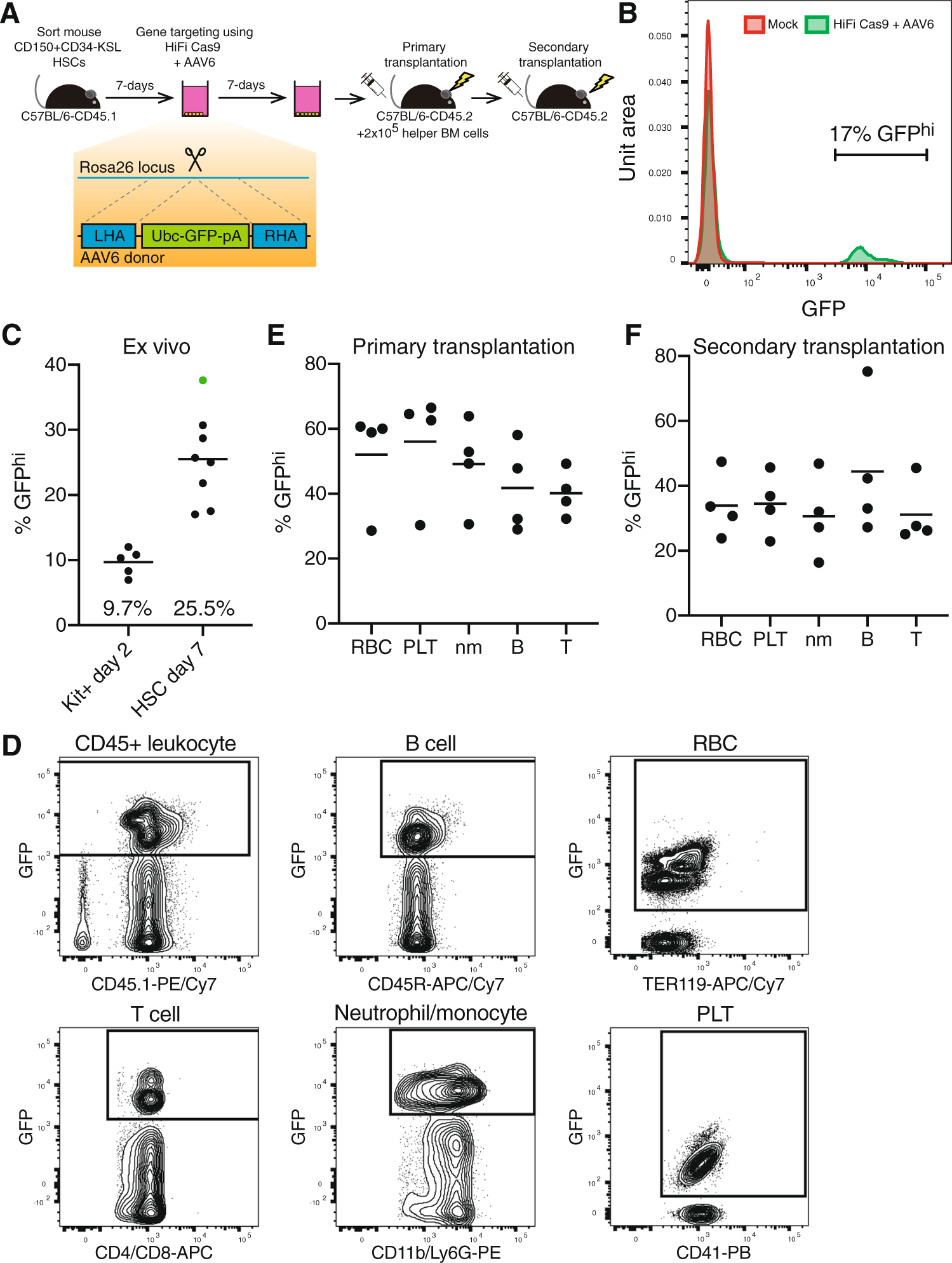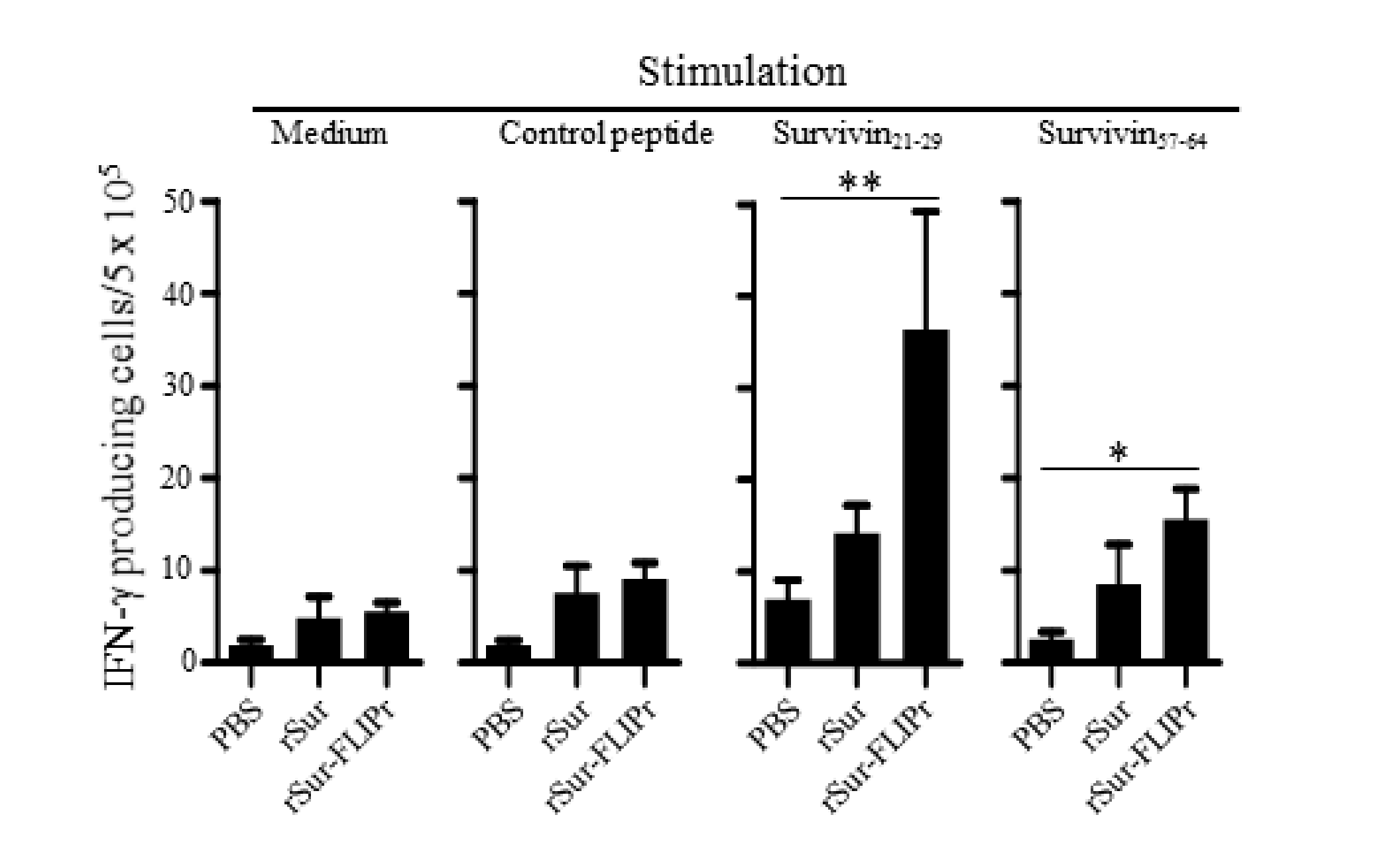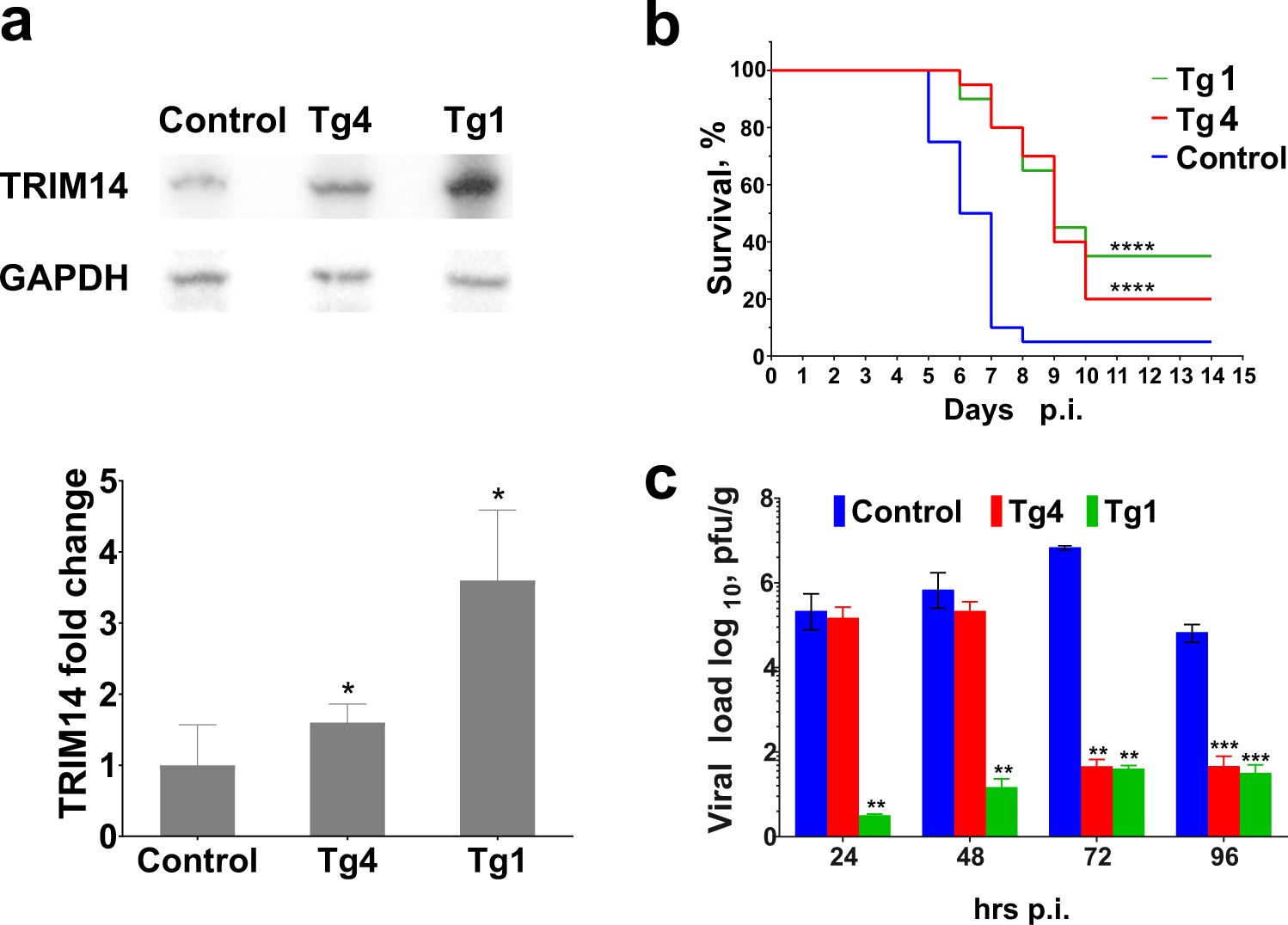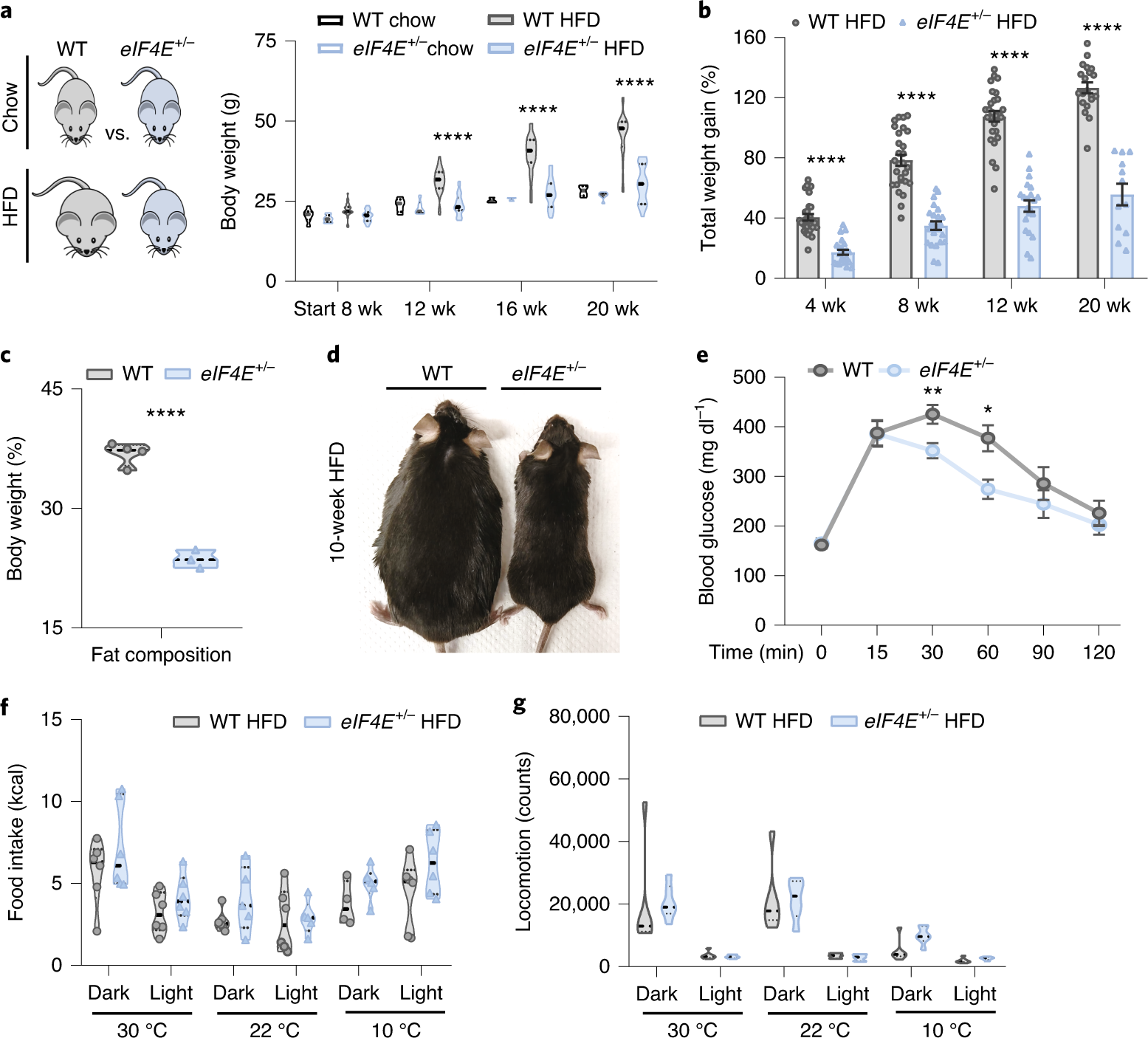Production Of Transgenic Animals Notes
The foreign genes must be transmitted through the germ line so that every cell including germ cells of the animal contains the same modified genetic material.
Production of transgenic animals notes. The cells are then incorporated into an embryo at the blastocyst stage of development. There are many ways to produce transgenic animals. The first transgenic animal was produced is mice by injecting DNA to mouse embryos then implanting the embryos in female mice.
Genetically modified animals are proving ever more vital in. The foreign gene is constructed using recombinant DNA methodology. Agricultural Applications a Breeding Farmers have always used selective breeding to produce animals that exhibit desired traits eg.
Transgenic animals are created-To study how genes are regulated and how they affect the normal functions of the body and its development. Transgenic animals can be used to produce valuable products. Milk as the Medium of Protein Production.
Many procedures have been developed to increase the efficiency of this generally inefficient process. Transgenic animals are used as tools in research and for the production of recombinant proteins The main applications of transgenic animals are described as follows. After injecting the DNA the embryo is implanted into the uterus of receptive females.
The development of transgenic animals has been part of biotechnology research which has been expanding rapidly. Due to the controversial concept of cloning and scientific testing on animals there are many questions that revolve around this topic. Advantages of Transgenic Animals.
The main principle in the production of transgenic animals is the introduction of a foreign gene or genes into an animal the inserted genes are called transgenes. The three main ways of producing transgenic animals are pronuclear manipulation embryonic stem ES cell manipulation and. PowerPoint PPT presentation.
